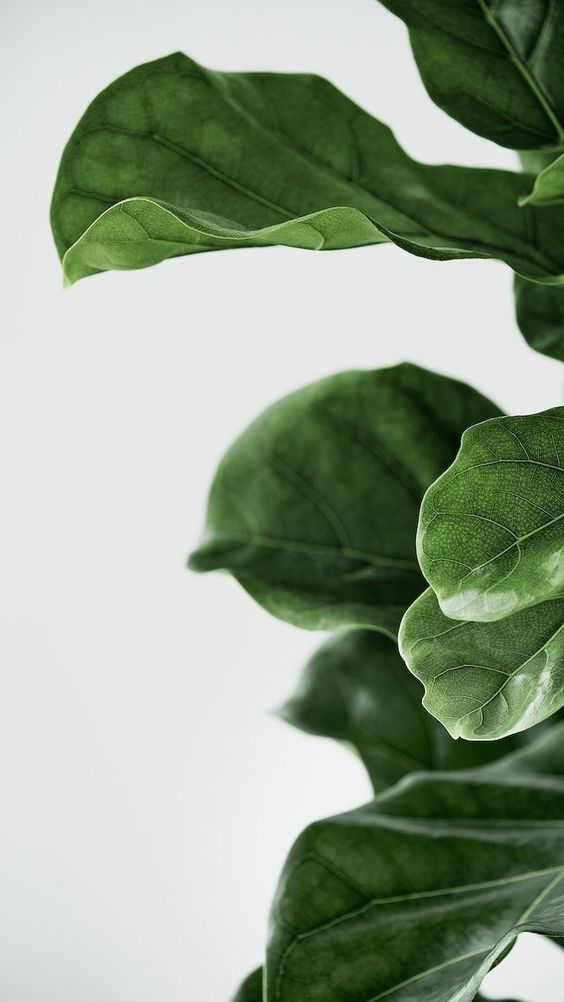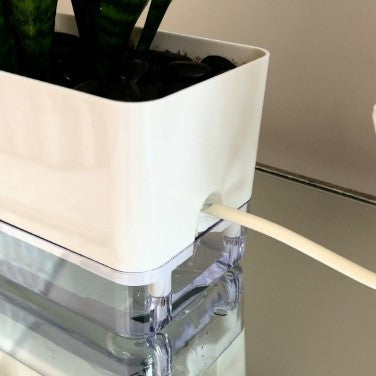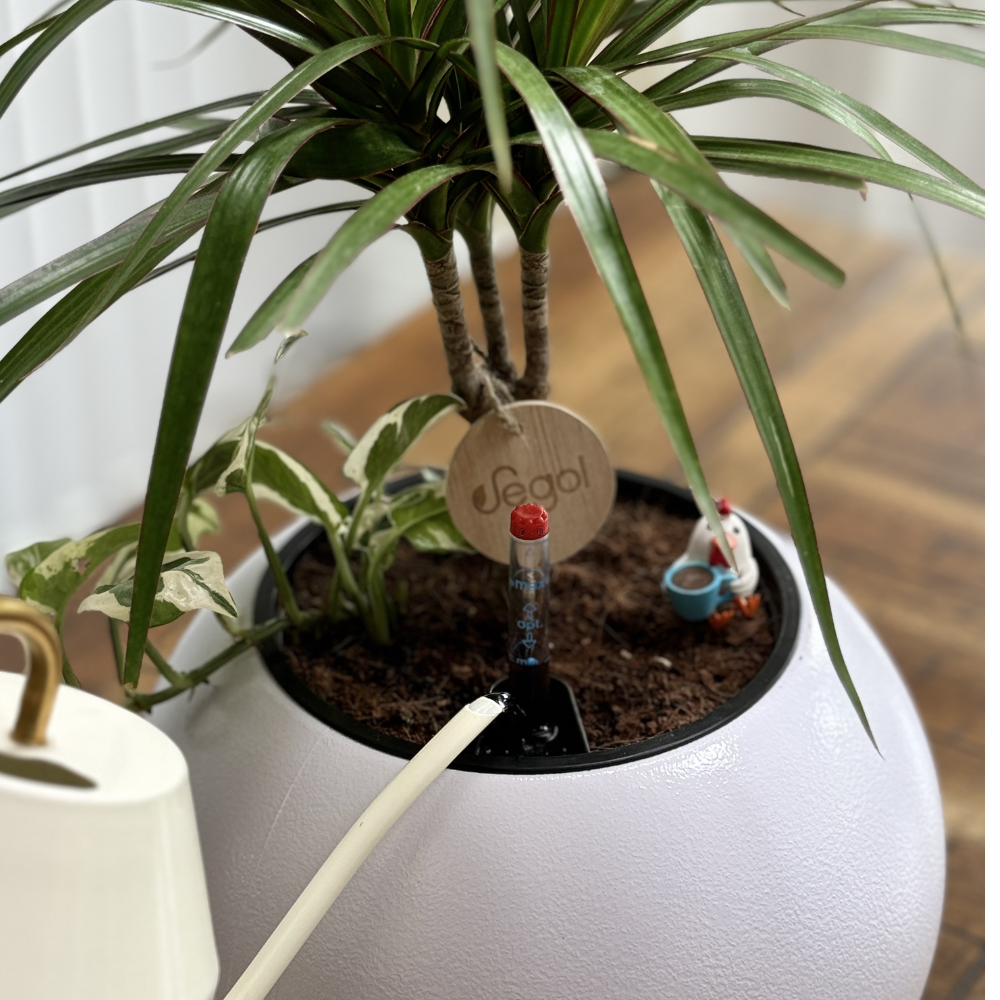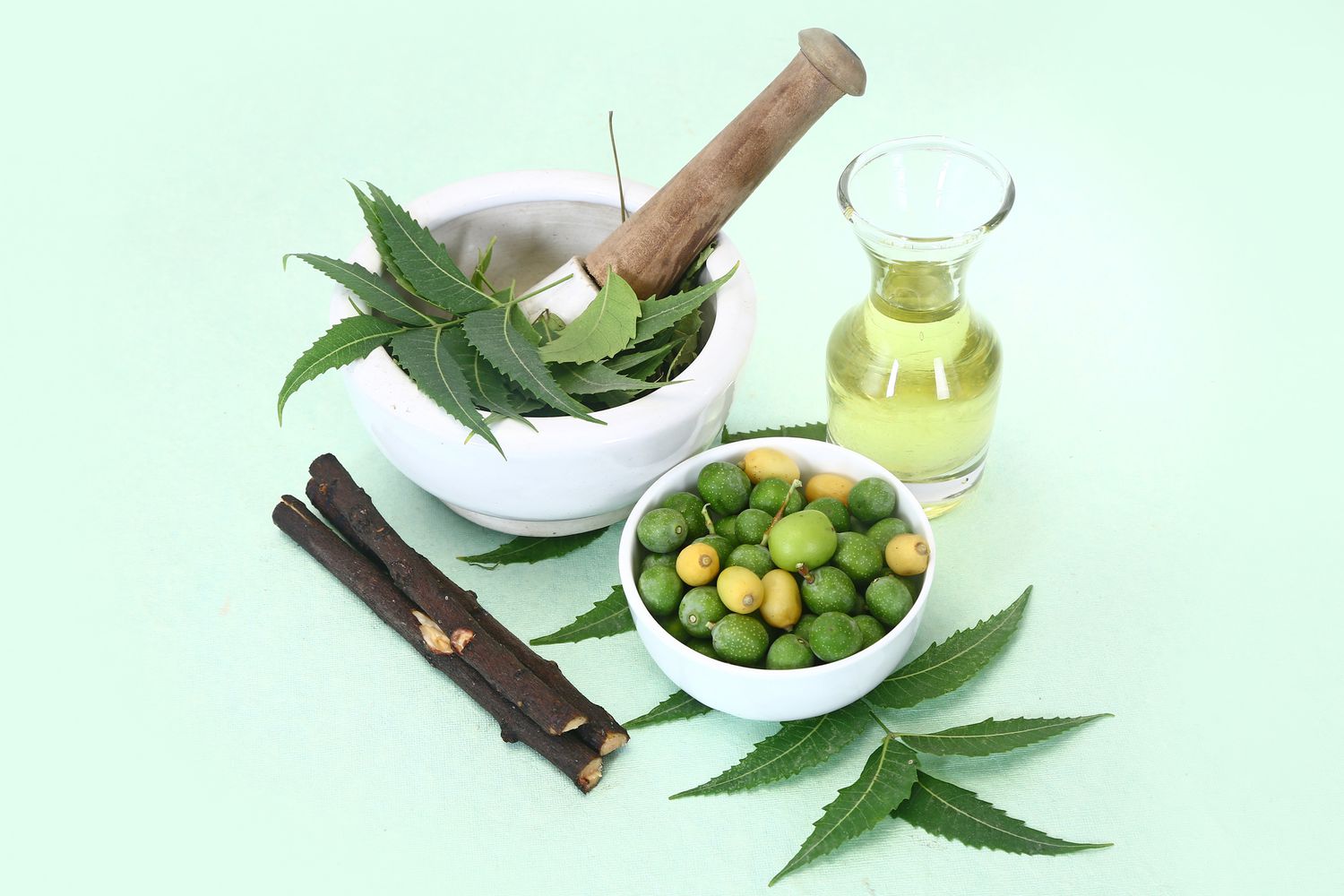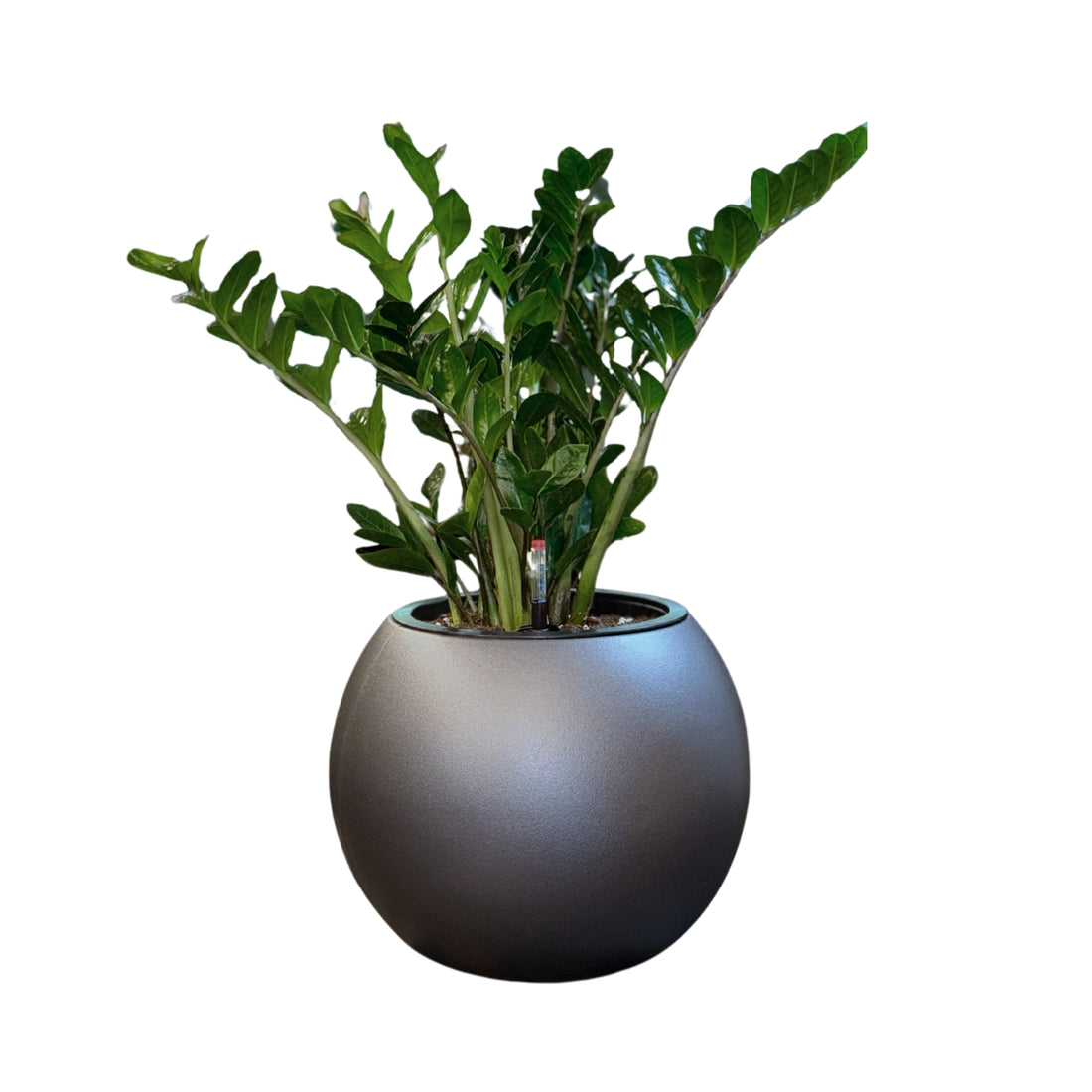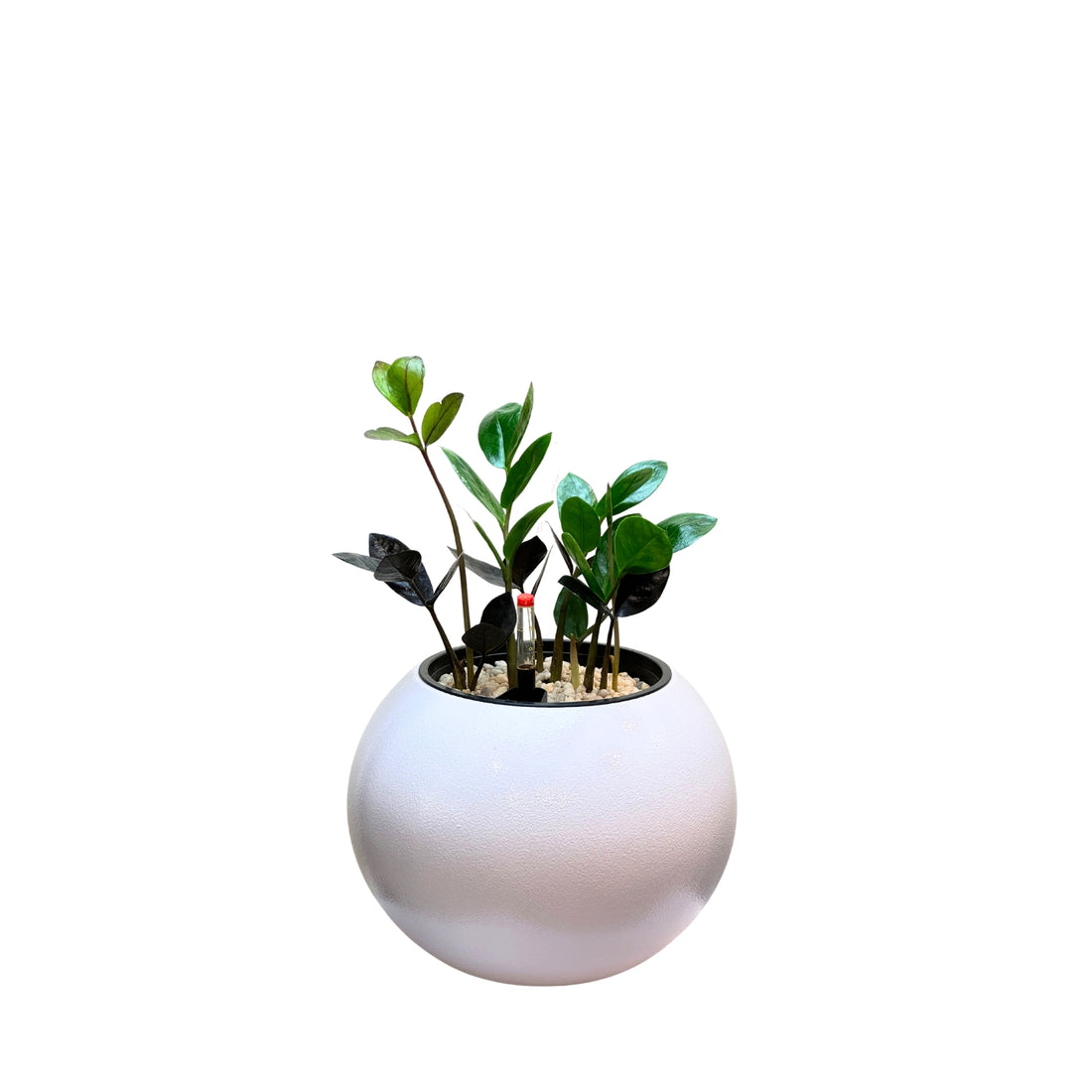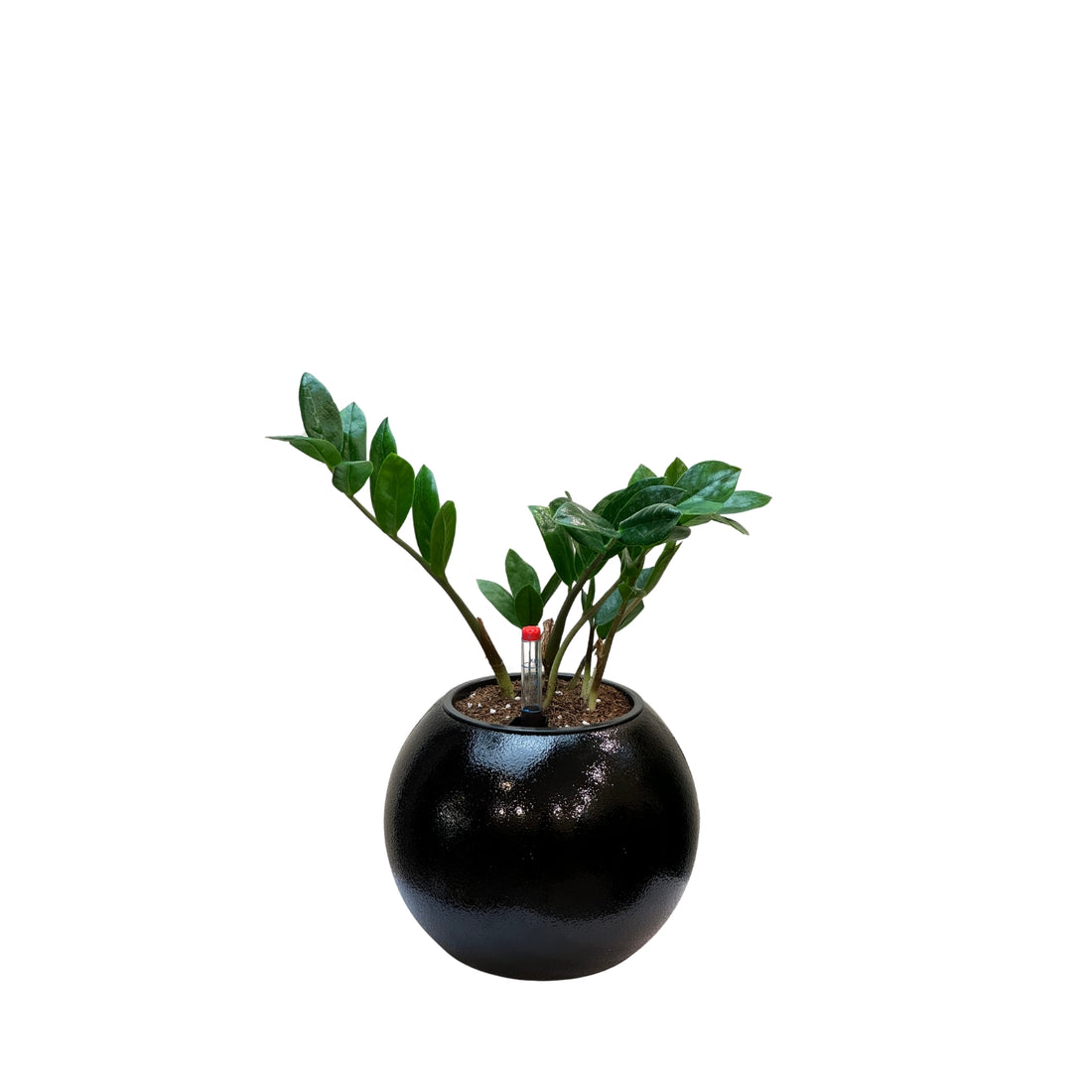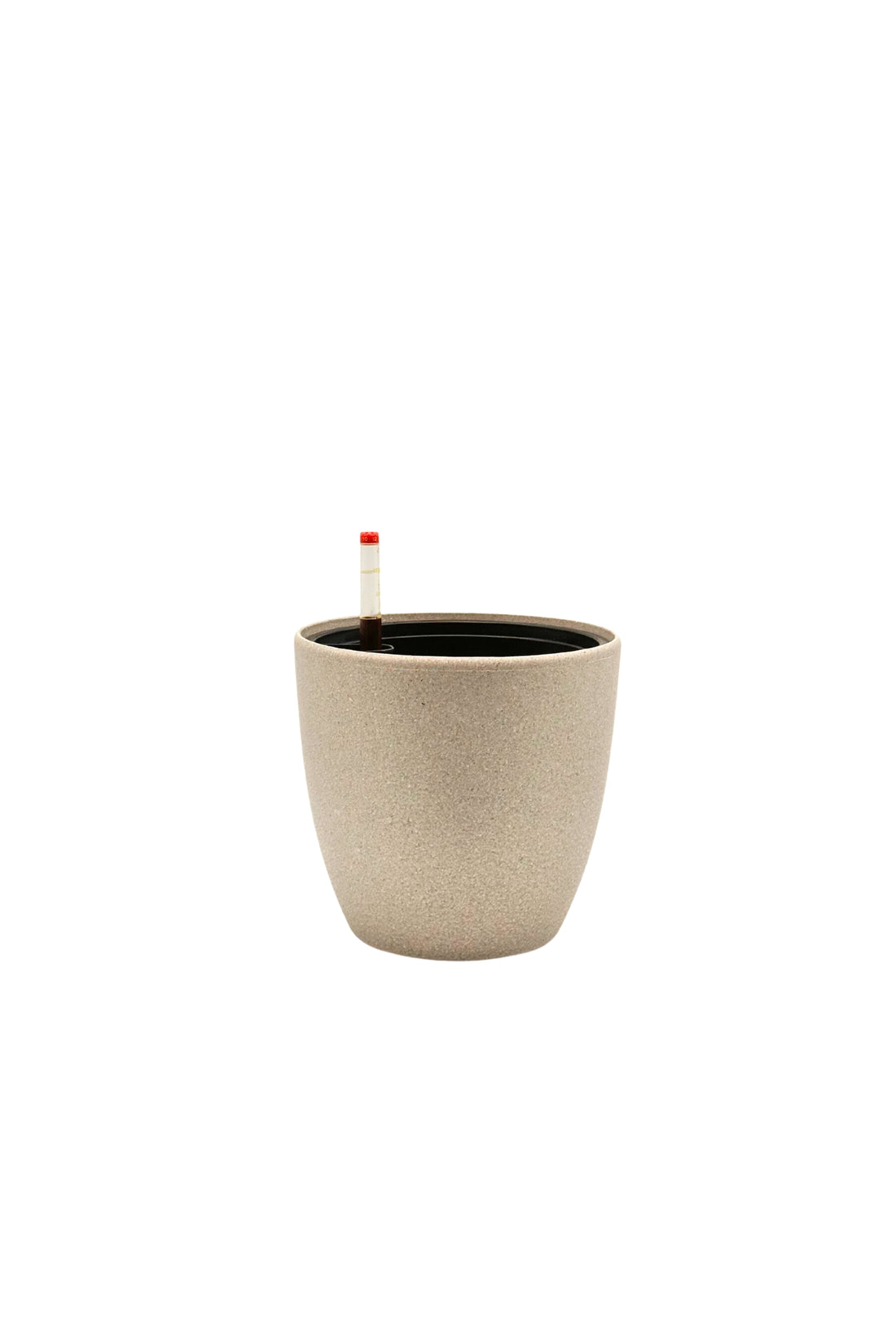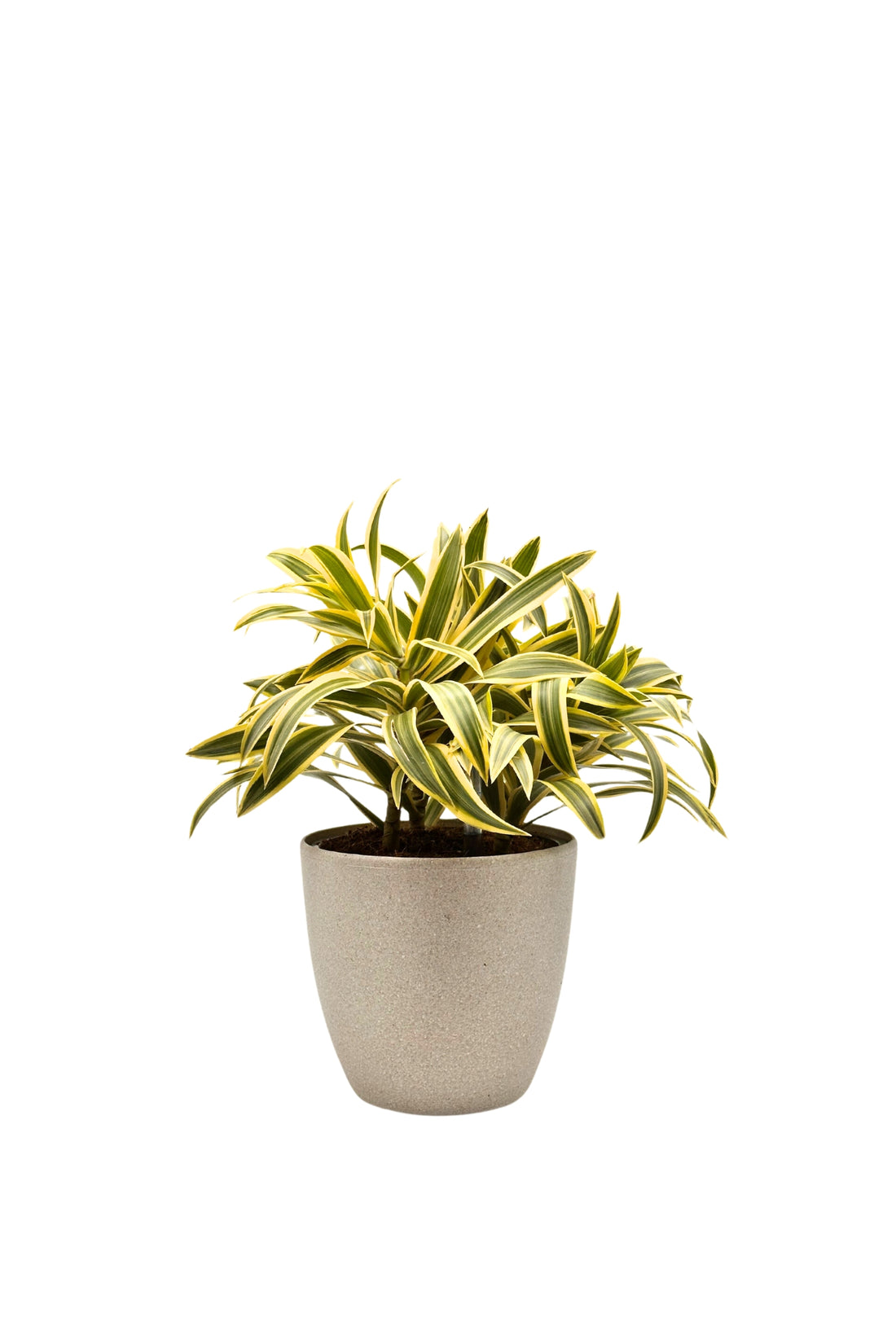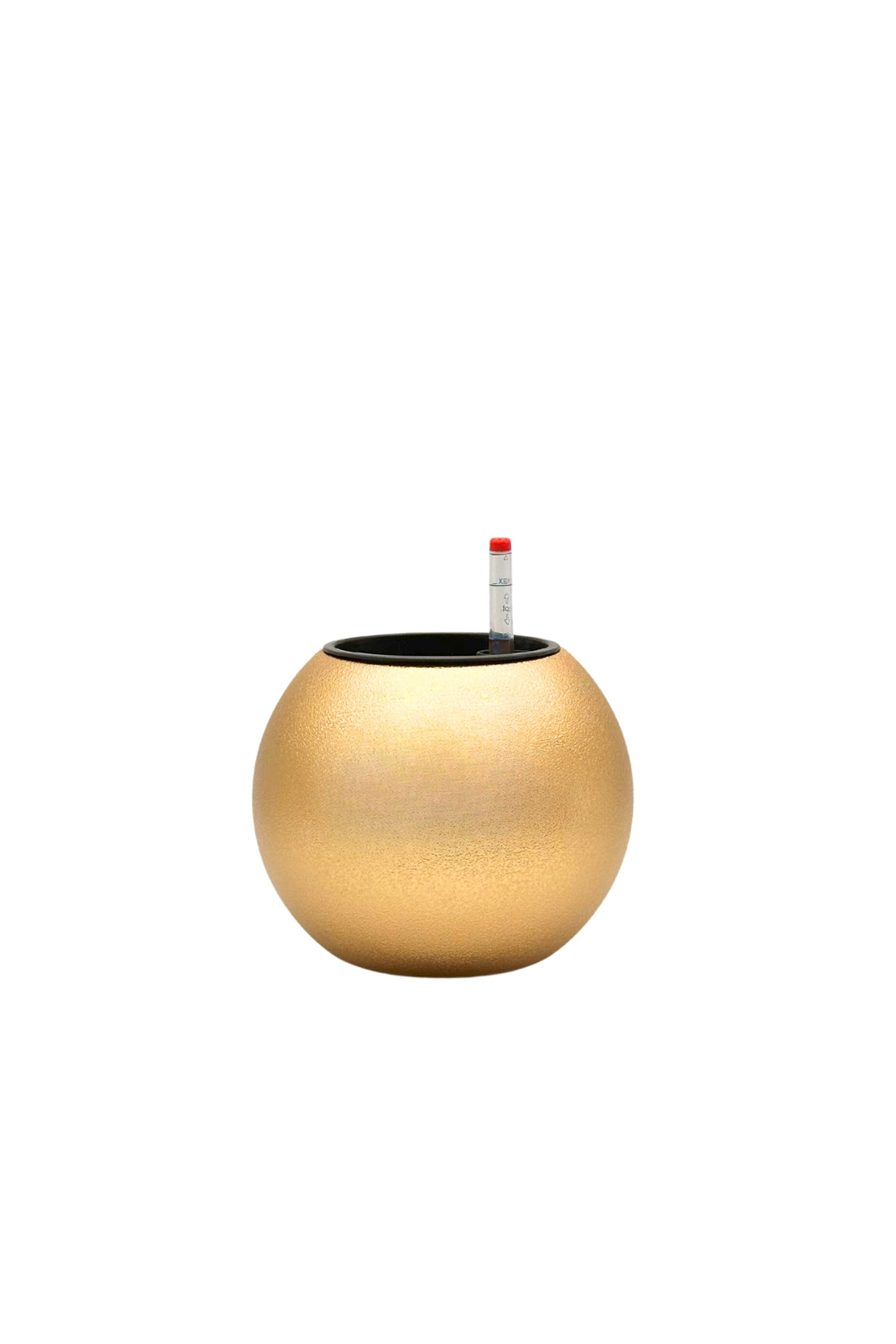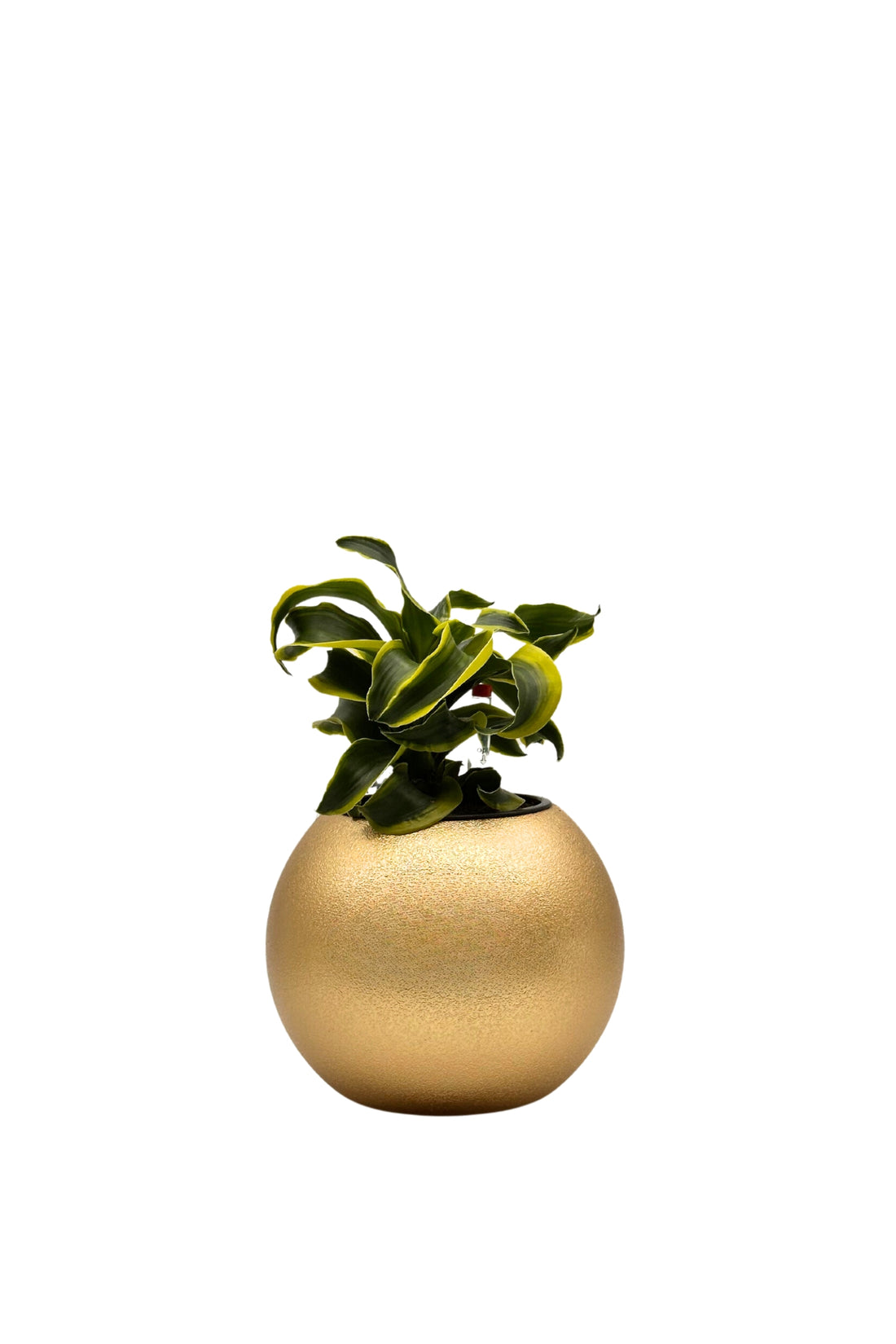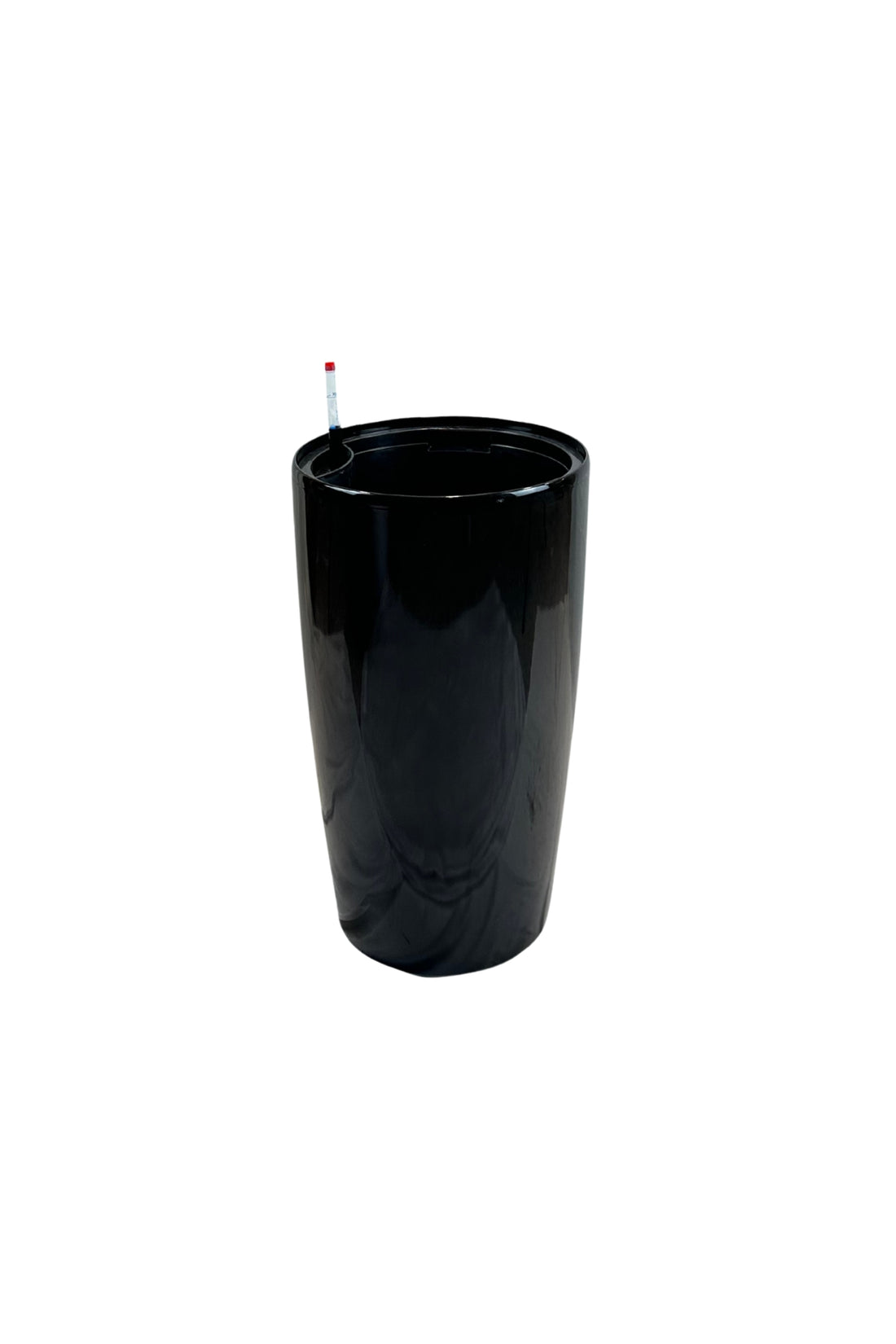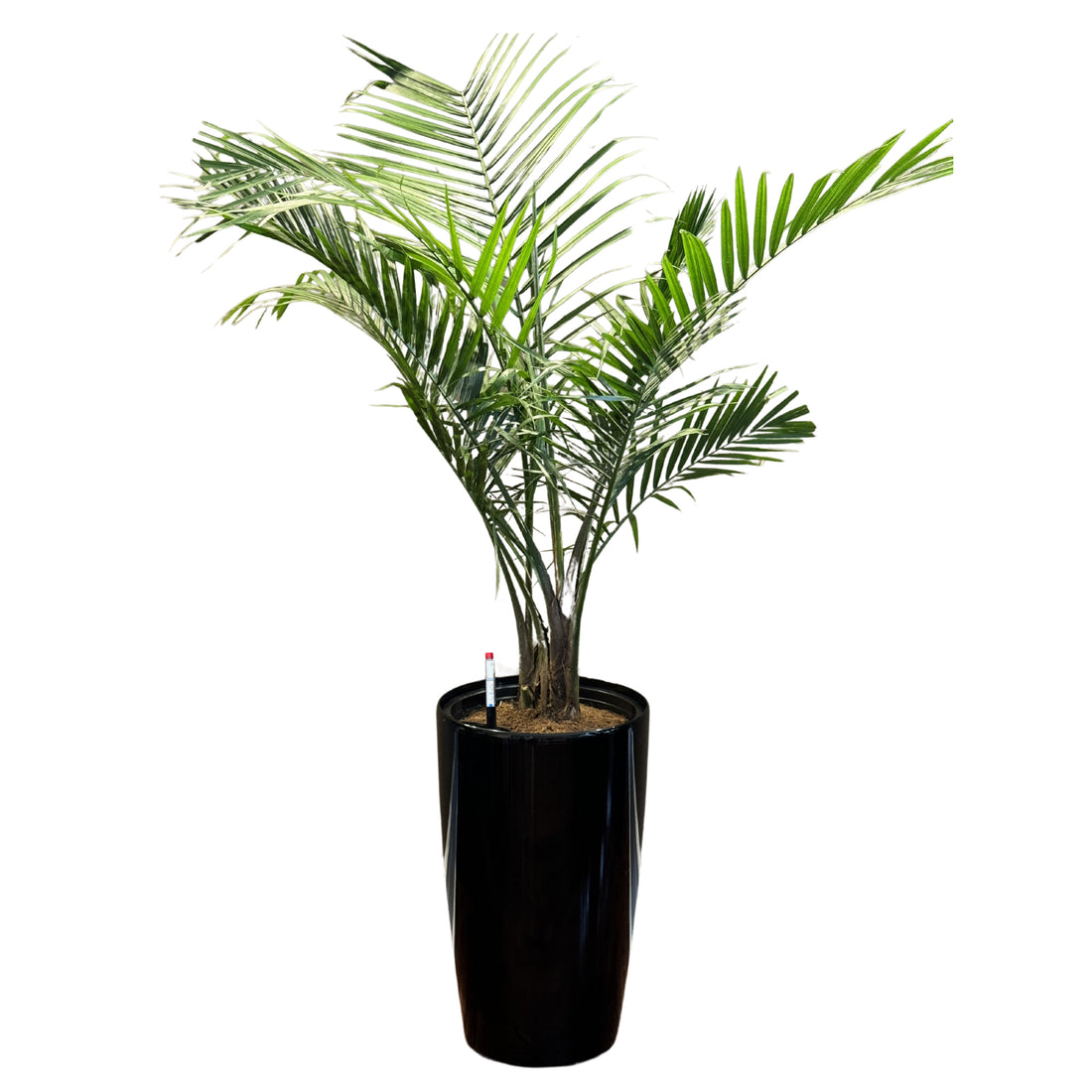SHOP NOW
What’s wrong with my Fiddle Leaf Fig?
There are several common issues that we see with Fiddle Leaf Figs, and luckily, most of them are relatively easy to fix. However, it can take time for your Fiddle Leaf Fig to recover, so have patience.
The Segol Team is here to help!
Ficus lyrata, commonly known as the fiddle-leaf fig, banjo fig, fiddle-leaved fig tree, lyre-leaf fig tree, or lyre-leaved fig tree, is a species of plant in the mulberry and fig family Moraceae. It is native to western Africa but is cultivated around the world as an ornamental plant.
This article provides guidelines for the identification and treatment of diseases that may be encountered by this plant. Here are some Ficus lyrata plant diseases.
Root Rot: Overwatering or poor drainage can lead to root rot, caused by fungal pathogens like Phytophthora or Fusarium. Symptoms include yellowing or browning of leaves, wilting, and eventual collapse of the plant.
It often occurs when the soil is too wet for too long, which allows the fungus to grow.
The only way to be certain that your plant has root rot is to remove the pot and inspect the roots. If the roots are brown and mushy, root rot is the culprit. If there are just a few brown spots on the leaves, let your plant dry out for two weeks or so until the roots have adequate time to recover.
How to Treat: Remove the affected leaves, but don’t take more than 10% of the leaves in any given week, and make sure your plant has adequate light. If there are multiple brown spots, you’ll need to cut away any brown, mushy roots and leaves with brown spots, then repot your plant, taking care not to overwater in the future.
When your fiddle leaf fig has root rot, you’ll notice dark brown or black spots appearing on the bottom leaves first and working their way up the tree. You might also notice browning or blackening veins on the lower leaves, mushy stems, and a funky smell coming from the soil. If you pull the tree out of the pot, you might also notice mushy black roots that have begun to rot away.
Be sure to trim away any rotting roots!
Repot the tree into fresh, fast-draining soil and a clean pot with drainage holes. Place the tree in a spot where it will get plenty of bright, indirect sunlight (this will help the tree heal and prevent the root rot from returning). Hold off on fertilizing for a month or so after repotting.
Factors favoring the disease: Wet conditions, saturated soils.
For control of Pythium sp. fungicides such as Subdue® MAXX® (mefenoxam) and Aliette® (aluminum tris) are effective. Additional fungicides that are effective on Phytophthora sp. include Adorn® (fluopicolide), Orvego™ (ametoctradin + dimethomorph), Mural™ (benzovindiflupyr + azoxystrobin).


Leaf Spot: Fungal leaf spot diseases, such as Alternaria or Cercospora, can cause brown or black spots on the leaves of Ficus lyrata. These spots may vary in size and shape and can lead to leaf drop if severe.
Bacterial infection appears all over the tree, manifesting in medium-brown spots (sometimes more than one on a single leaf), often ringed by slight yellowing.
How to Treat:
If you notice a lot of brown spots on your tree, carefully remove those leaves with clean hands and tools, and repot the tree into fresh soil and a clean pot with drainage.
Provide plenty of light and give your tree a little less water than usual.
PSEUDOMONAS LEAF SPOT
Symptoms: This bacterial disease has many similarities to Xanthomonas leaf spot. Pseudomonas forms circular lesions on F. elastica and angular lesions on many other Ficus species.
Factors favoring the disease:
The warm temperatures and high humidity commonly seen during summer favor the pathogen.
How to Treat:
Control and treatment: The first line of defense against this disease is exclusion; therefore, eliminate any plants showing disease. Minimize overhead watering since bacteria are easily splashed from plant to plant and can reinfect via stomatal openings.
Bactericides containing copper compounds (Camelot®, CuPro®) or combinations of copper and/or mancozeb (Junction™, Protect™) can be used successfully to control this disease if used on a regular preventative basis.
Bacterial leaf spot, caused by pathogens like Xanthomonas, manifests as dark lesions with yellow halos on the leaves of Ficus lyrata. It can spread through contaminated water or plant debris and may lead to defoliation if not controlled.

XANTHOMONAS LEAF SPOT
Symptoms: Small, water-soaked, angular lesions appear on the leaves as the first sign of infection. These lesions become yellow (chlorotic) and eventually turn brown. When infections are severe, leaf drops may occur.
How to Treat:
Factors favoring the disease: Summer conditions with warmer temperatures and a wet, humid environment favor Xanthomonas development.
Control and treatment: Bactericides containing copper compounds (Camelot®, CuPro®) or combinations of copper and/or mancozeb (Junction™, Protect™) can be used successfully to control this disease if used on a regular preventative basis.
Minimize overhead watering. Infected lesions exude bacteria that are easily splashed from plant to plant. These bacteria gain access to Ficus leaves via stomatal openings.

Powdery Mildew: Powdery mildew, caused by fungal pathogens like Oidium, appears as a white powdery substance on the leaves of Ficus lyrata. It thrives in humid conditions and can weaken the plant if left untreated.
This is a fiddle leaf fig disease caused by poor air circulation between the leaves. If your tree is affected, you’ll notice chalky white or gray spots on your stems and leaves that come off when you rub them.
Powdery mildew can make your fiddle more vulnerable to insects and eventually kill your tree. It can also spread to other houseplants, so make sure to act fast!

How to Treat:
The first thing to do is isolate your fiddle so the fiddle leaf fig disease fungus doesn’t spread to other plants.
Since this disease is caused by stagnant air and damp, dark conditions that allow the fungus to grow, you want to create the opposite. To increase airflow between the leaves, open some windows or doors and turn on a fan to create air movement in the room (but don’t point it directly at your fiddle).
If you only see spots on a few leaves, use sharp, clean shears to remove those leaves. Be sure to clean the shears between cuts, and don’t touch any of the healthy leaves and potentially spread the fungus.
The next step is to protect the remaining leaves. You can opt for the following treatment methods if your plants get infected.
Apply Fungicides
Baking Soda Solutions
Neem Oil Solutions
Apply Fungicides
This is one of the most effective treatments for this disease. You can use sulfur dust or copper-based organic fungicides to prevent infection of vulnerable plants. To get the best results, make sure that you apply the fungicides at the earliest instance and the appearance of the signs of the disease.
To prepare the sulfur solution, take two parts of sulfur and eight parts of water. Sulfur is a vital element, so this proportion should work. You may change the balance based on the nature and intensity of the spread of the disease. Mix thoroughly to ensure that the sulfur has dissolved thoroughly.
Start by spraying all the plants in the affected area and repeat every 7 to 10 days. Do not apply this during the height of daytime temperatures. This may destroy the crops and plants and do more harm than good.
Baking Soda Solutions
Baking Soda is one beneficial powder that acts like magic in many applications in our daily lives, and baking soda as an antifungal substance has been tried and tested. You can use baking soda as an antifungal solution for the plants. Here’s how you can make the solution. Mix some baking soda in water and make a solution. Mix this in 70/30 water/baking soda. Use a hand or gardening sprayer, and spray the solution on all your affected plants. Assess the results and then repeat the process every 5 to 10 days. In most cases, the results appear rather quickly, but if it does not, you might need a more robust fungicide to kill the infection that has taken over your plants.
Neem Oil Solution
The neem tree is known for its magical antibacterial and antifungal properties and many medical applications. Neem oil is another preferred and highly effective natural and organic way of treating powdery mildew disease. It is effective in curing fungal infections but would also help your plants eliminate any other conditions, insects or bugs, etc. Pour some neem oil into the water to prepare and mix the solution thoroughly. 40% neem oil in 60% of water shall do the trick. Pour the solution into a sprayer and spray through all your affected plants. Neem oil will bring speedy results. You can assess the effects in a few days and repeat the application process every 5 to 10 days until the fungal infection is destroyed.
Anthracnose:
Symptoms: Anthracnose is characterized by necrotic spots on the leaf surface. Under humid conditions, brown masses of spores can form into concentric rings. Necrotic spots eventually become dark brown, and the leaves may fall off. Variegated cultivars of F. elastica are commonly infected with this pathogen. The white portion of the leaves lacking chlorophyll is weak and very susceptible. Anthracnose can also cause tip dieback on F. benjamina trees planted in interiorscapes.
How to Treat:
Factors favoring the disease: The disease favors wet conditions when cuttings are rooted under mist and high humidity in the summer months. This disease frequently occurs after misuse of pesticides has caused tissue damage.
Control and treatment: Minimize overhead irrigation and exposure to rainfall. A number of fungicides can effectively control anthracnose on Ficus (Protect™, Dithane®—mancozeb; Chipco® 26019—iprodione; Empress™—pyraclostrobin; Heritage®—azoxystrobin).

Edema: While this is technically not a disease, it’s a condition that troubles many fiddle leaf fig owners.
Edema occurs when a fiddle leaf fig is slightly overwatered or receives very inconsistent watering. This may cause cells in the leaves to burst, which shows up as tiny red or brown dots all over your new growth.
While mild cases of edema are harmless, severe cases can indicate a major issue with your watering routine. If all of your new leaves are covered in small red dots that linger as the leaves grow, it’s time to tighten up your watering.
Note: Similar red dots can also be caused by spider mites, so it’s worth it to inspect your plant for these pests as well.
How to Treat:
The best way to water your fiddle properly is to learn to take cues from your plant to know when it needs a drink.
I strongly recommend using a moisture meter so you can gauge what’s going on in the root ball. Many people rely on the finger test to feel whether the top few inches of soil are dry, but depending on the aeration of your soil, the top of the soil might be bone-dry while the root ball is still soaking wet!

Insect Damage: Insect infections are rare but leave obvious clues. Use a magnifying glass to look for webs or insects on your plant. The giveaway to diagnose insect damage is small spots on the leaves that turn into holes.
Insect infestations are easy to treat. Use a neem oil product designed for houseplants. Or, the homemade remedy of putting a tablespoon or two of baking soda and a teaspoon or two of mineral oil in a spray bottle of water. Shake the solution well and then spray all areas of the plant that are infected. Keep infected plants away from your other houseplants. Take your plant outside, if possible, as the neem oil has an unpleasant smell that lingers. Spray all of the leaves of your Fiddle Leaf Fig thoroughly. Be sure to turn each leaf to spray the underside, and don’t forget where the leaf meets the stem. Wait two weeks, inspect again, then repeat the spraying process if needed.
To maintain a Ficus Lyrata Fiddle Leaf Fig, Click here for more information.
